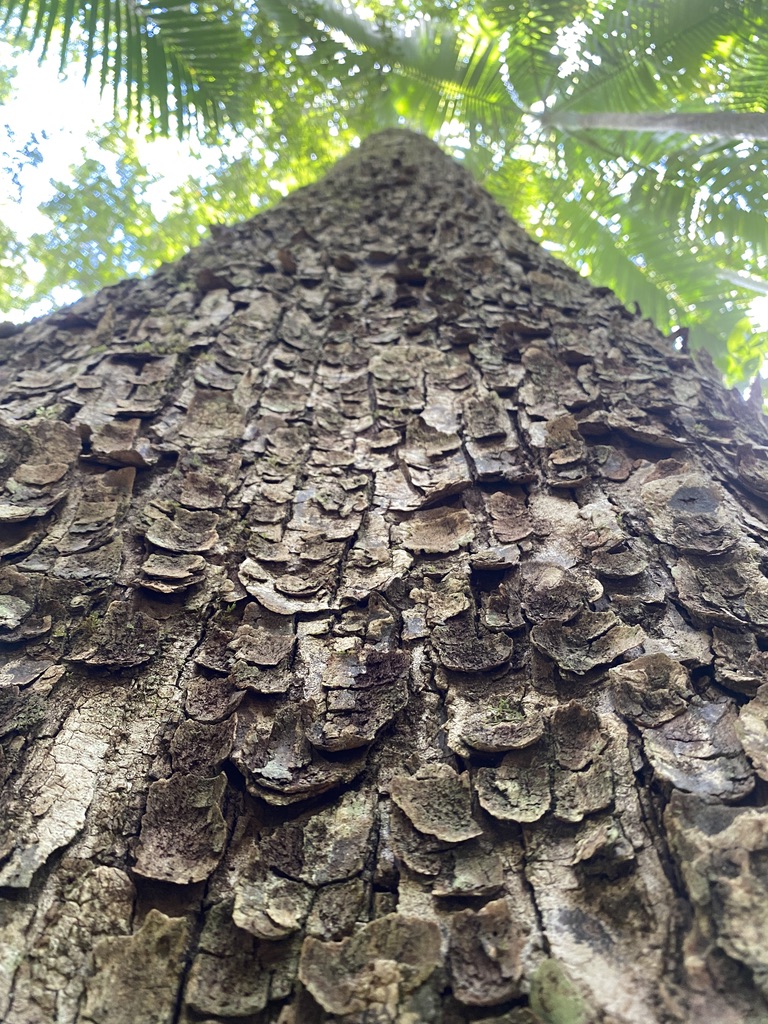While staying at the Atherton Tablelands, we enjoyed a visit to Wongabel forest. It interested us so much because the forest had a history of timber harvesting and whilst now reserved, it is an excellent example of a remnant rainforest alongside commercial forestry programs and research plots. The walk is in excellent condition and very well maintained. Walking through the rainforest, you see glimpses of an adjoining hoop pine plantation planted in the 1980s nearly ready for harvesting.
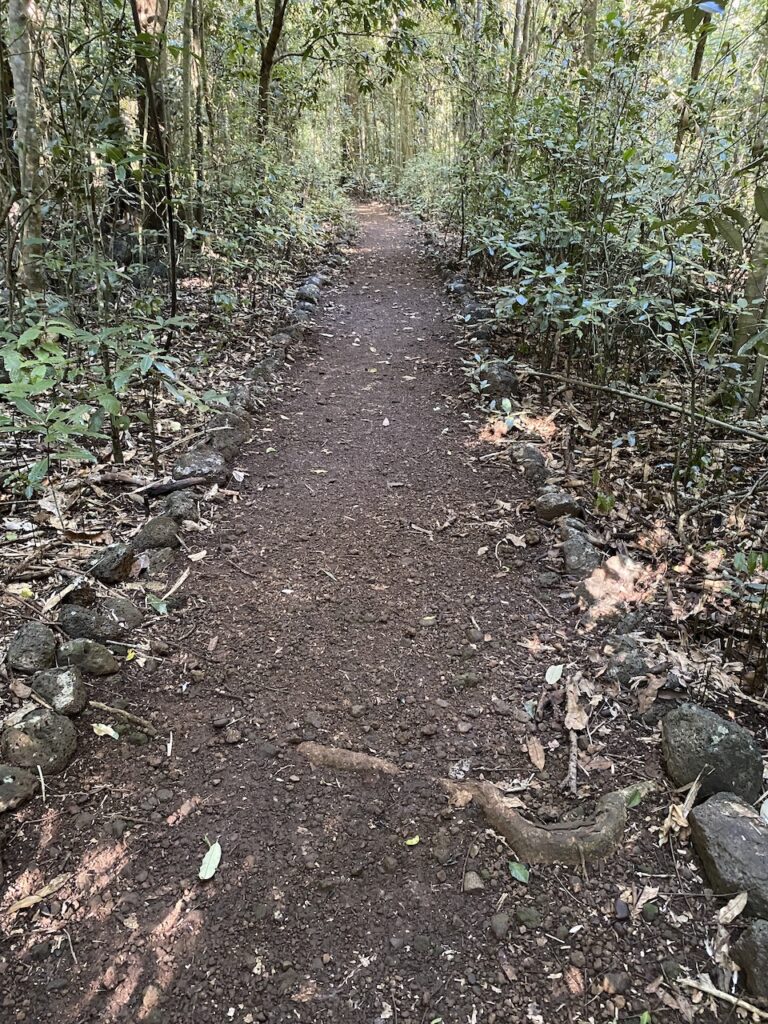
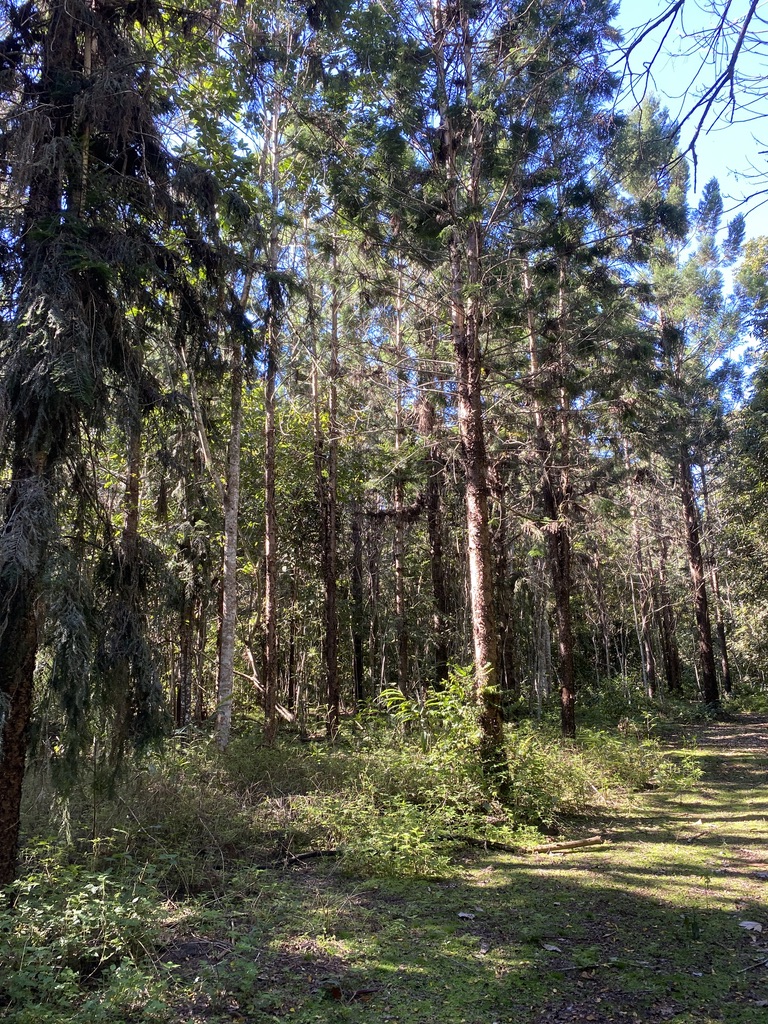
The rainforest is called mabi, a type of rainforest found in patches on the Atherton Tableland. I thought it was a sub-tropical rainforest. But I am reliably informed that it is distinguished from other sub-tropical rainforests by its many vines and a dense shrub layer under tall canopy trees including semi-deciduous species. Mabi rainforest only occurs on the Atherton Tablelands and an isolated patch near Cooktown.
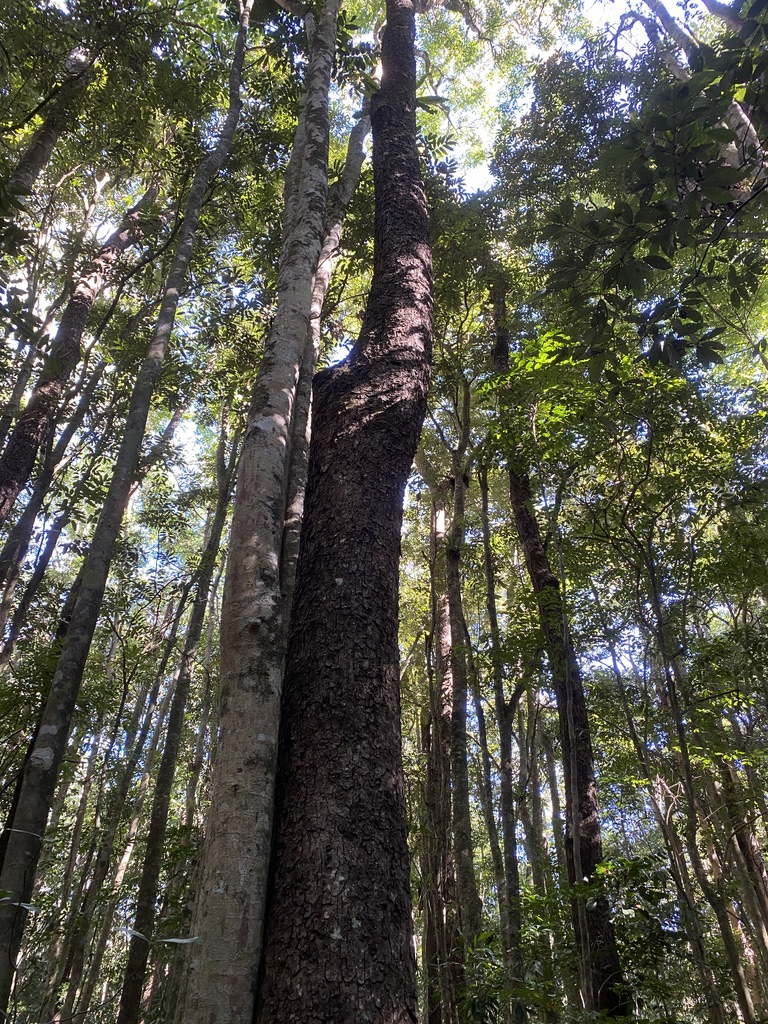
The real highlight for me was seeIng so many giant red cedars (Toona ciliata) in the forest. Red cedar was known as “red gold” by early timber cutters. In the last quarter of the 1800s, rainforest gold prospectors realised that earnings from cedar cutting far outweighed those of gold and tin. Cedar is one of Australia’s most celebrated native timbers. It is renowned for its dark red fragrant wood, soft, light and easy to work and very durable. It was used extensively for cabinet making, panelling, construction and shipbuilding
However, cutters heavily exploited red cedar. They scoured rainforests up and down the east coast of Australia looking for this prized timber. Harvesting operations were highly unregulated. Cutters felled the best trees and left the remaining more inferior trees to rot. There was no regeneration of cedar following logging. By the end of the nineteenth century, cedar became commercially extinct.
What is remarkable is that the cedars I saw on my walk were not remnant trees that escaped exploitation over a hundred years ago.[1] They exist due to the foresight of a forest ranger who recognised the cedar cutters’ wasteful practices. In 1900 some semblance of regulation started with the creation of a Forests Branch of the Department of Public Lands. The government appointed three staff to supervise the whole state! In 1903, at Wongabel, a single employee worked tirelessly for two months in the first attempt to manage Queensland’s timber resource. Planting continued for another two years.
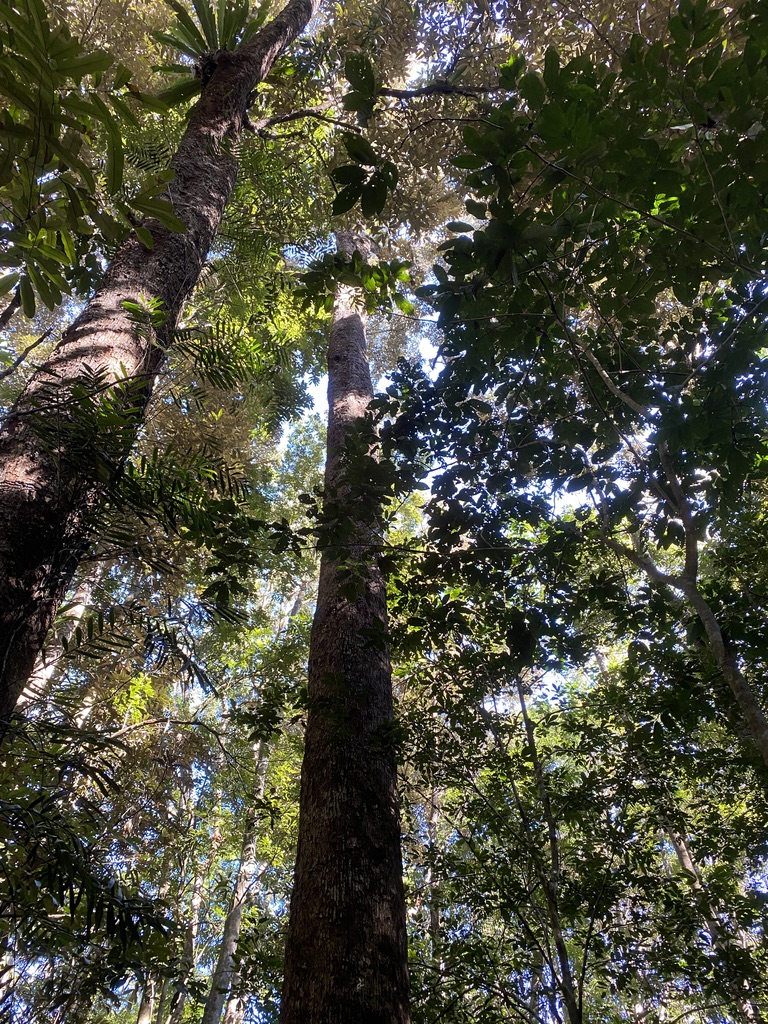
Red Cedar is not generally a viable plantation species due to attack by the tip moth (Hypsipyla robusta), despite being a fast-growing tree. It can survive drought, fire and moderate frosts. These moths damage the trees’ growing tips, causing dieback and stimulating the tree to grow additional branches, making it unmillable for commercial production. However, the trees at Wongabel, have grown splendidly. Because they have grown up in the dim rainforest understorey, they have been less susceptible to moth attack than areas of high light levels.
Did you know that cedar is one of Australia’s few native deciduous species? Another is white cedar (Melia azedarach). Both occur in sub-tropical rainforests. The deciduous beech (Nothofagus gunnii) is found in cool temperate rainforests in Tasmania. One of my favourite trees, white beech (Gmelina leichhardtii), is semi-deciduous and also occurs in sub-tropical rainforest.[2] Other semi-deciduous species are the Illawarra flame tree (Brachychiton acerifolius) and silky oak (Grevillea robusta). Are there any others?
Also, did you know red cedar logs float? A handy attribute before the construction of roads and bridges. Early attempts on the Atherton Tablelands to float cedar logs down the flooded Barron River to Cairns were disastrous, with many of the logs smashed during the rough passage and others floating out to sea.
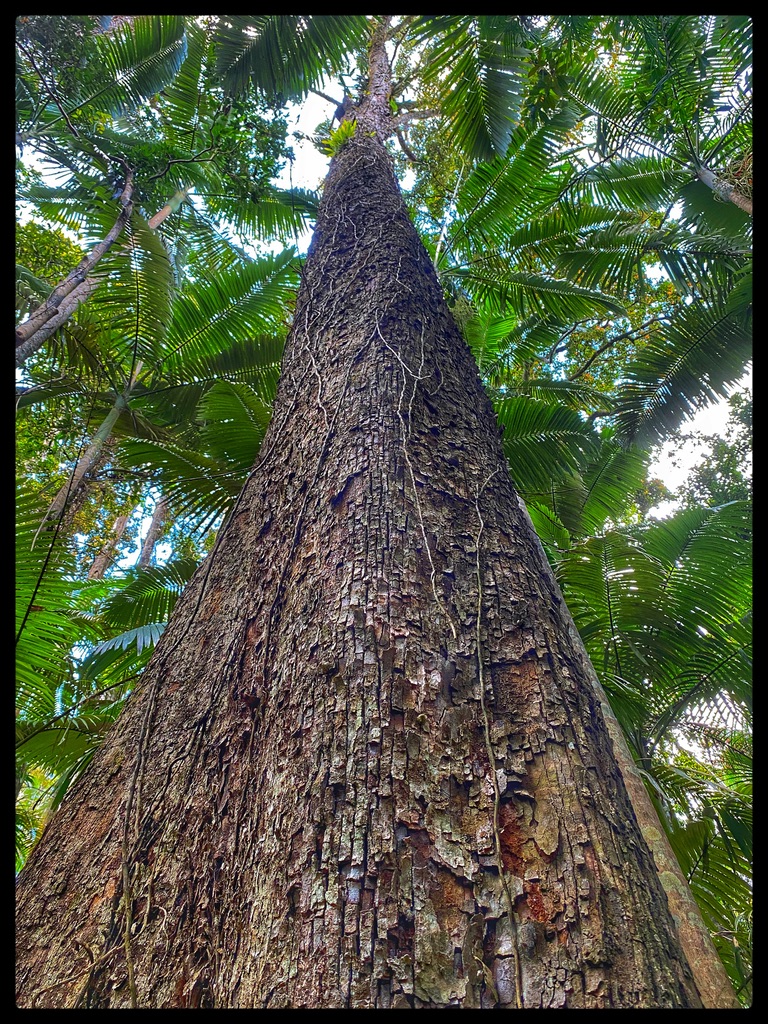
[1] The best example I have seen of natural cedars is at Eungella National Park, west of Mackay
[2] I first encountered white beech while working on Fraser Island during one of our university vacations. During the heady days of native forest harvesting on the island in the early to mid-1980s, I accompanied an employee from the sawmilling company, Hyne and Son. He inspected sawlogs and poles before they were transported to the mills on the mainland. He showed me a white beech stump as if it was cut the year before and told me it was 100 years old. White beech is resistant to termites and one of Australia’s most durable timber species.
